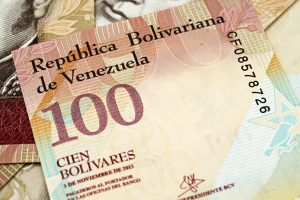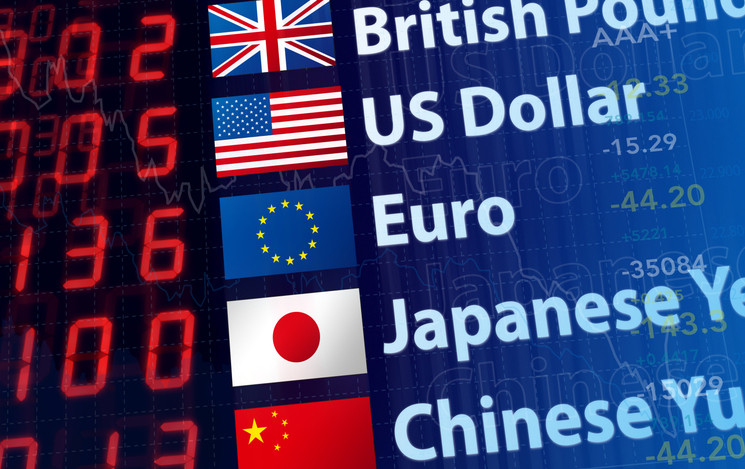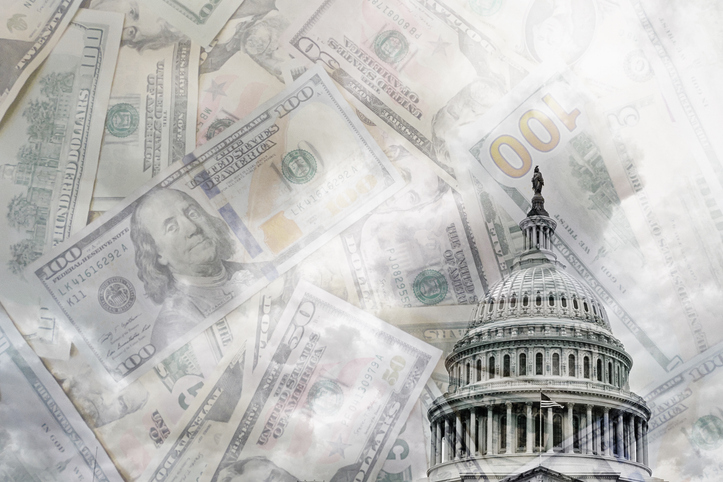Venezuela Could Eventually Have 1 Million Percent Inflation. How Is That Possible?
The comments below are an edited and abridged synopsis of an article by Matt O’Brien
In the span of a few months, the IMF has gone from forecasting that Venezuela’s inflation rate would hit 12,875% by year end to now saying that it will reach one million percent.
 But you cannot forecast the course and duration of hyperinflations, and it’s irresponsible for the IMF to even try. That’s because hyperinflation is more a political phenomenon than an economic one; it’s about governments continuing to print money even after it has started to kill their currencies, so it can last a lot longer than you’d think.
But you cannot forecast the course and duration of hyperinflations, and it’s irresponsible for the IMF to even try. That’s because hyperinflation is more a political phenomenon than an economic one; it’s about governments continuing to print money even after it has started to kill their currencies, so it can last a lot longer than you’d think.
Self-destructive behaviour by the government isn’t always self-destructive for the government. Regimes that are going through hyperinflation will deny that it’s happening by setting an official exchange rate that says it’s not, an exchange rate to which only party leaders and their corporate cronies have access. That means they can get dollars for just pennies on the dollar.
But hyperinflation eventually comes to an end in one of two ways: the government can’t print money fast enough, or when people stop accepting the currency en masse.
Venezuela’s hyperinflation will likely burn out, but that’s a long way from happening. It took a monthly inflation rate of 313 million percent for Yugoslavia to reach the point where it couldn’t make any more money, and 79.6 billion percent for Zimbabwe. Venezuela has a monthly inflation rate in only the low hundreds. That corresponds to an annual inflation rate of more than 40,000 percent, which, while disastrous by humanitarian standards, has been modest by hyperinflation ones. It’s only the 23rd worst out of the 58 in history.
Venezuela isn’t close to 1 million percent inflation for now, but it might not be for long. The only thing for sure is that things are going to get worse.


